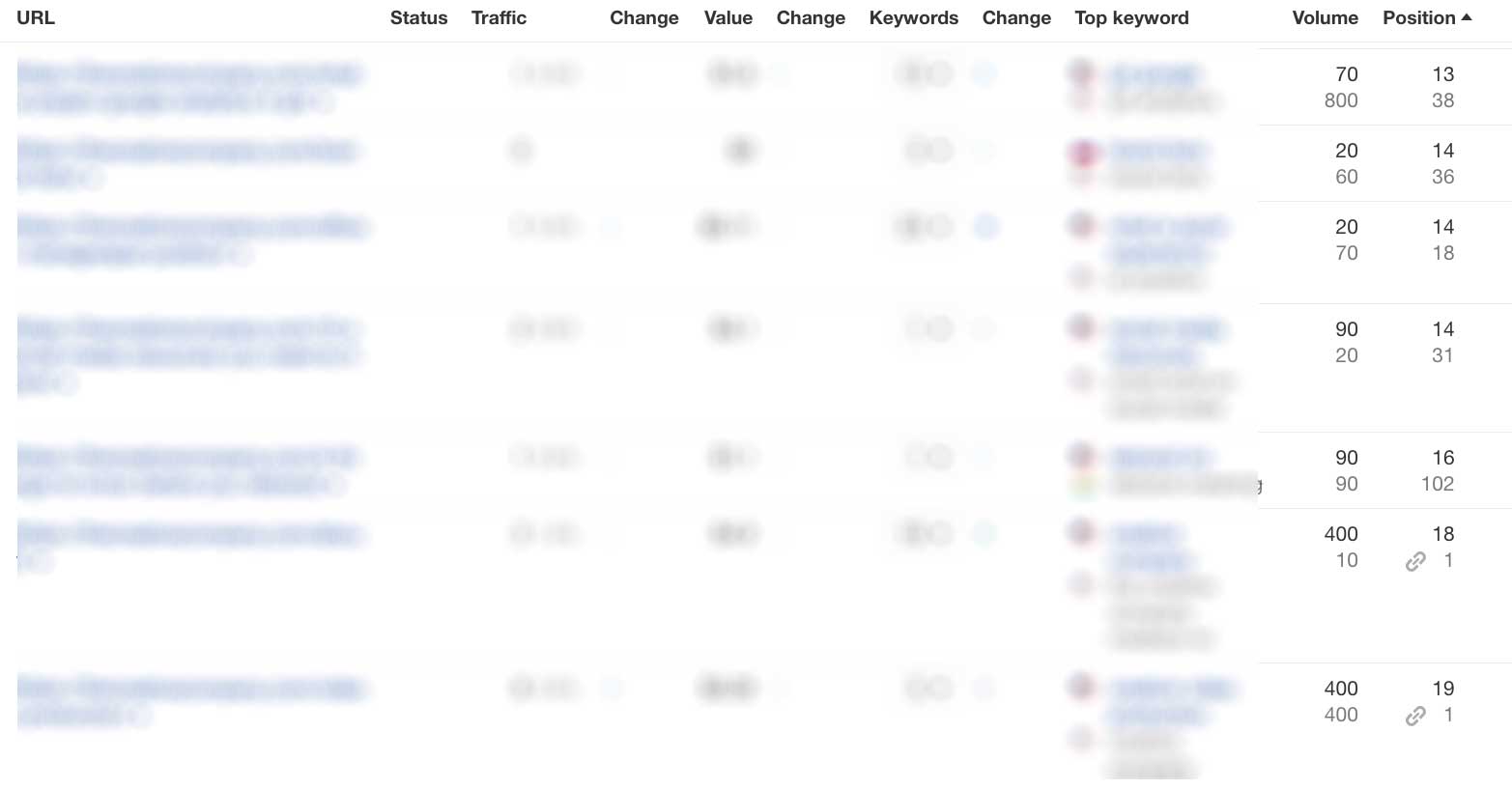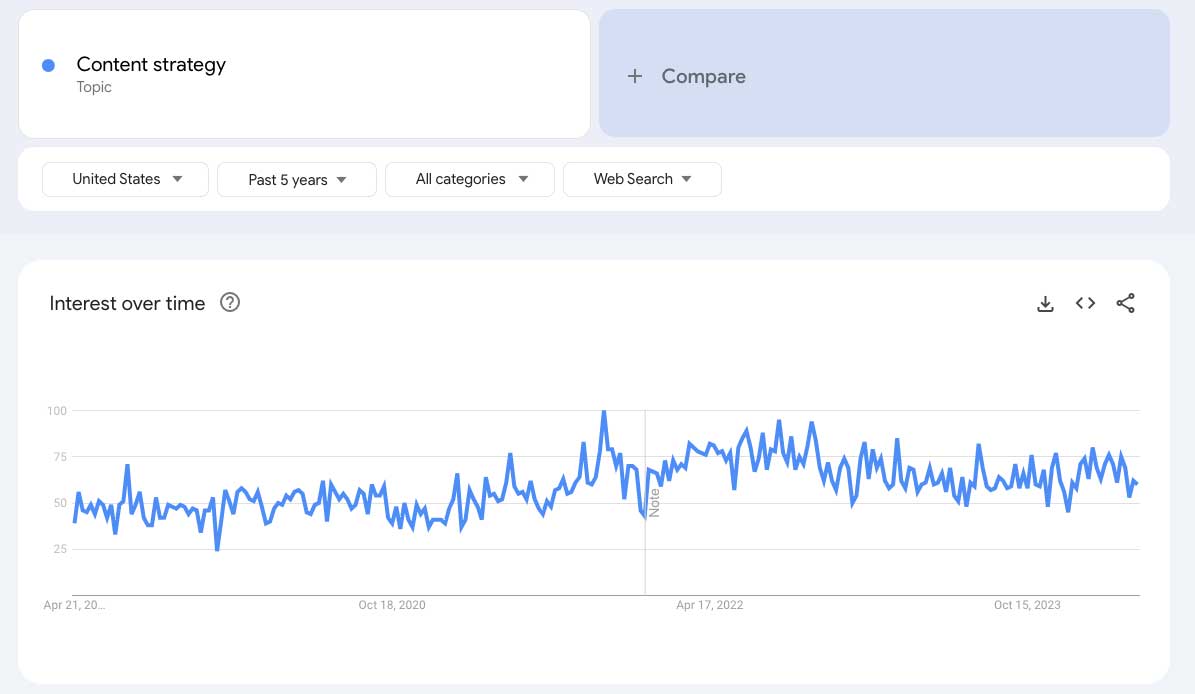
Executive Summary:
At our agency, staying ahead of the curve isn't just a responsibility—it's a commitment to ensure our clients have opportunities at the forefront of industry trends.
The SEO spotlight turned to content republishing in 2024, a strategy reminiscent of restoring classic cars to their former glory, modernizing them with the latest technology, and restoring their original appeal.
Considerations for Republishing Existing Content
When we introduced the concept of content republishing to our clients, it sparked a flurry of interest from those clients with a long history of content publication. Several were eager to understand the 'what' of content republishing and the 'how'—how could they leverage this powerful SEO trend on their website? Providing the answer to that question is the genesis of this article.
Why consider updating and republishing existing content? SEO consultants often talk about increasing relevance, keywords, E-E-A-T, and improving rankings when updating existing content. However, the most essential reason to refresh or recycle existing content is to provide greater value to your website visitors.
Thought leaders in the SEO industry refer to this as People First Content. By prioritizing the needs and interests of your audience, you not only boost engagement but also build trust and authority, which are critical for long-term digital success.
How do we know which content to update and republish?
There are two main methods for answering this question:
- Ask your customers
- Use your data
Ask Your Clients, Donors, Customers and Business Partners
Continue to ask your stakeholders about their pain points. While we would love to profit from ALL of our intellectual property, it is no longer good enough to tell prospects that you can help them—you must help them where they are now. This means engaging with them more deeply to understand the challenges they face in their current circumstances.
Free content, such as helpful guides, insightful articles, and actionable tips, can be a powerful way to demonstrate your expertise and commitment without immediately pushing for a sale. This strategy shows potential clients that you’re invested in their success even before they purchase and boosts your visibility and authority in your industry. It encourages sharing and discussions around your brand, which can lead to more organic leads and a stronger reputation.
Data Analysis: Use Your Existing Data
As you consider and prioritize your update candidates, look for content assets with decent traffic that have lagged over time. Review your analytics to identify which landing pages attract traffic but with diminishing amounts.
Assets with solid backlink profiles (tools like Ahrefs can help identify these) are ideal. Updating these pages strengthens the value proposition for those linking sites.
Don’t assume that updating a popular page will make it more popular. Like movies, for example, the sequel to The Mask, The Son of Mask, didn’t exactly move the franchise forward.
Lastly, ask yourself if your current audience is still the right audience for this content. Again, think people first and SEO optimization second.
Example data techniques to find the ideal candidates:

Using a platform like Semrush or ahrefs, look for pages that rank between 10 and 30 in Google Search results with existing volume.

Check Google Trends for clues to how much opportunity exists for your content.
What parts of the page should we rewrite?
Here are a few details to consider when revamping content for republication.
Strengthening the Content Structure:
- Readability Matters: Today’s website users will likely start by scanning your page as quickly as possible. Make it easy for them! Break up long paragraphs, use bullet points or numbered lists, and add subheadings to improve readability and scannability.
- Logical Flow: Ensure the content flows logically, with a clear introduction and a well-developed body. Add a little drama, and conclude with a digestible summary of key points.
Add Value by Enhancing the User Experience:
- Update Calls to Action (CTAs): Include clear CTAs at the end of your post, prompting readers to subscribe, share, download a resource, or take another desired action.
- Increase Accessibility: To cater to a broader audience and make your content more usable for everyone, use alternative descriptions for images and consider video transcripts.
Address Outdated Information:
- Be Transparent: If there are significant changes from the original post, acknowledge it briefly. You can mention the original publish date while highlighting the update.
- Update Old Examples: Replace outdated examples with fresh, relevant ones that resonate with your current audience.
- Broken Links? Fix Them! Identify and replace broken links with relevant, up-to-date ones to avoid frustrating your readers and harming SEO.
Conclusion:
Content republishing is a trending SEO strategy akin to restoring classic cars by modernizing them while maintaining their original charm. Potential content for updates can be identified by gathering direct client feedback and using data analysis, emphasizing the need to focus on "People First Content" to enhance user engagement and trust.
Website content may be improved by updating the content structure, swapping out images, increasing usability and accessibility, and updating outdated information to optimize content relevance and effectiveness, thus enhancing the user’s experience.
As you've delved into the intricacies of content republishing and its profound impact on SEO and user engagement, we invite you to take the next step toward optimizing your online presence. At The Creative Company, we're not just observers of industry trends; we're pioneers dedicated to propelling our clients to the forefront of digital success.
Whether you're seeking to revitalize your existing content or embark on a transformative journey toward enhanced visibility and authority, our team stands ready to guide you every step of the way. Contact us today to discover how we can tailor our expertise to meet your unique needs and propel your digital strategy to new heights.

Craig Hadley,
Chief Content Officer (CCO)
Other Recent Articles:
